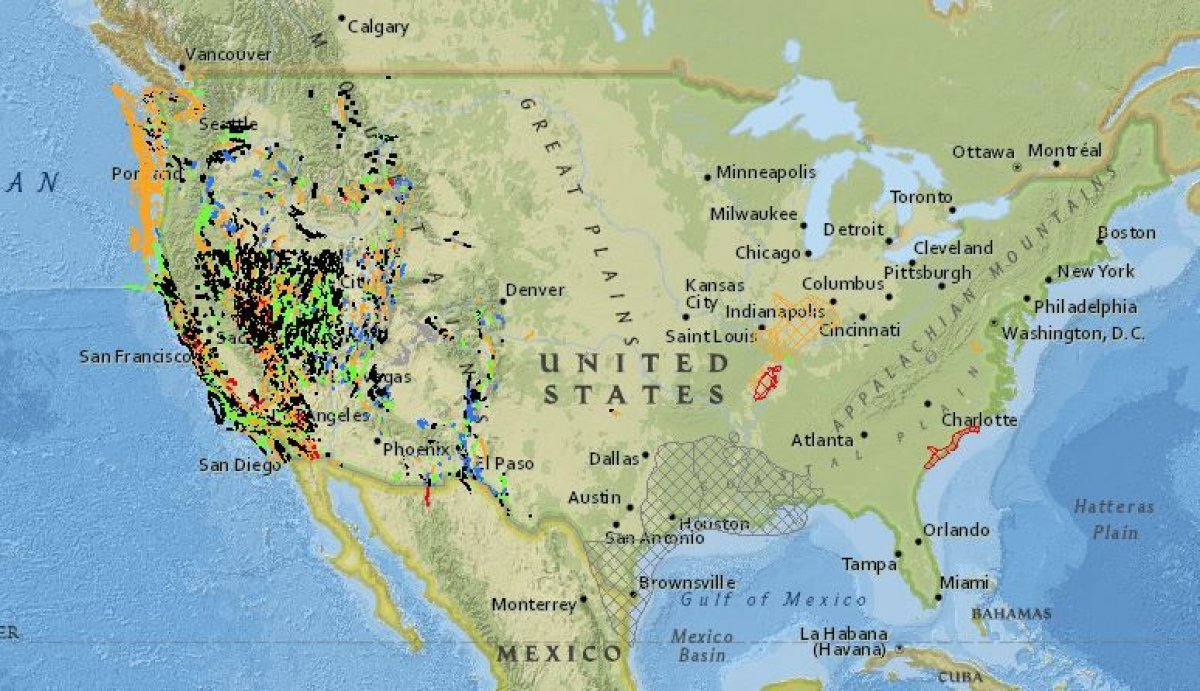Over the last several weeks, earthquakes have rocked parts of the United States from Alaska to Wednesday morning's quake in Tennessee. The most recent quake registered as a magnitude 4.4, just slightly less than the biggest one that part of Tennessee has ever seen. The strongest is a magnitude 4.7 that struck in 1973.
The earthquake that occurred Wednesday didn't happen near a fault line in Tennessee, for the most part, the state is free of any faults that would suggest a vulnerability to earthquakes. A fault is a fracture between two blocks of rock, according to the United States Geological Survey.
Due to the fault, the blocks can easily move, which is what is happening when an earthquake occurs. The movement of the blocks makes the ground shift and shake. Faults can also move slowly and when they do, they don't cause the rapid or violent movement that a slip or a quick movement can cause.
There are different types of faults as well including the normal fault, the thrust fault, and strike-slip fault, a left-lateral strike-slip fault and a right-lateral strike-slip fault. A normal fault is a type of dip-slip fault where one block moves down, a thrust fault is when the block moves up and over the one below it. A strike-slip fault is when two blocks slip past one another, like the San Andreas Fault line.

The USGS has a faults website that includes an interactive fault map that allows users to views a map of the U.S. layered with the different faults all across the country. It includes information like how old the faults are and users can also click on the fault area to learn more about the specific fault there.
Users can also search the database on faults to learn more about a specific fault. There's one database for Class A and B faults and another for Class C and D faults. There's also a frequently asked questions section of the USGS site solely for fault and earthquake information. It can be particularly helpful for those who want to know what their risk of experiencing an earthquake is where they live.
Uncommon Knowledge
Newsweek is committed to challenging conventional wisdom and finding connections in the search for common ground.
Newsweek is committed to challenging conventional wisdom and finding connections in the search for common ground.
About the writer
Nina was a breaking news reporter. She previously worked at Business Insider, The Boston Globe, and Boston.com.
To read how Newsweek uses AI as a newsroom tool, Click here.








